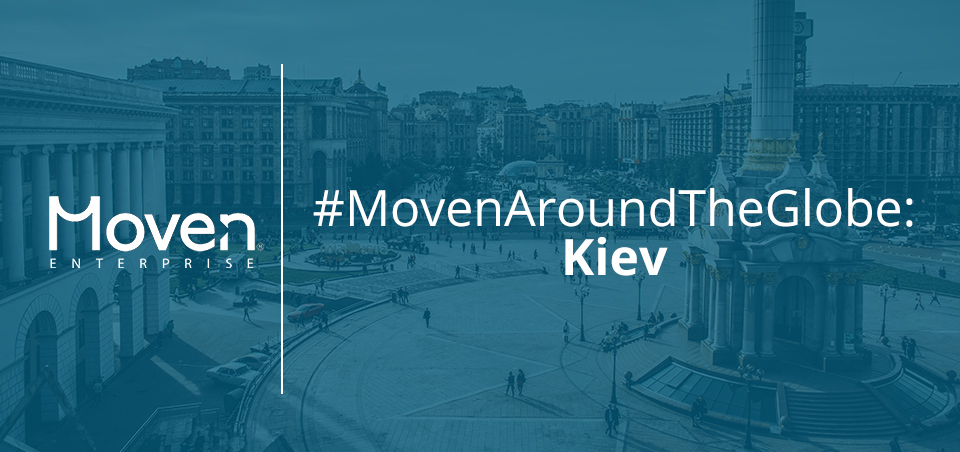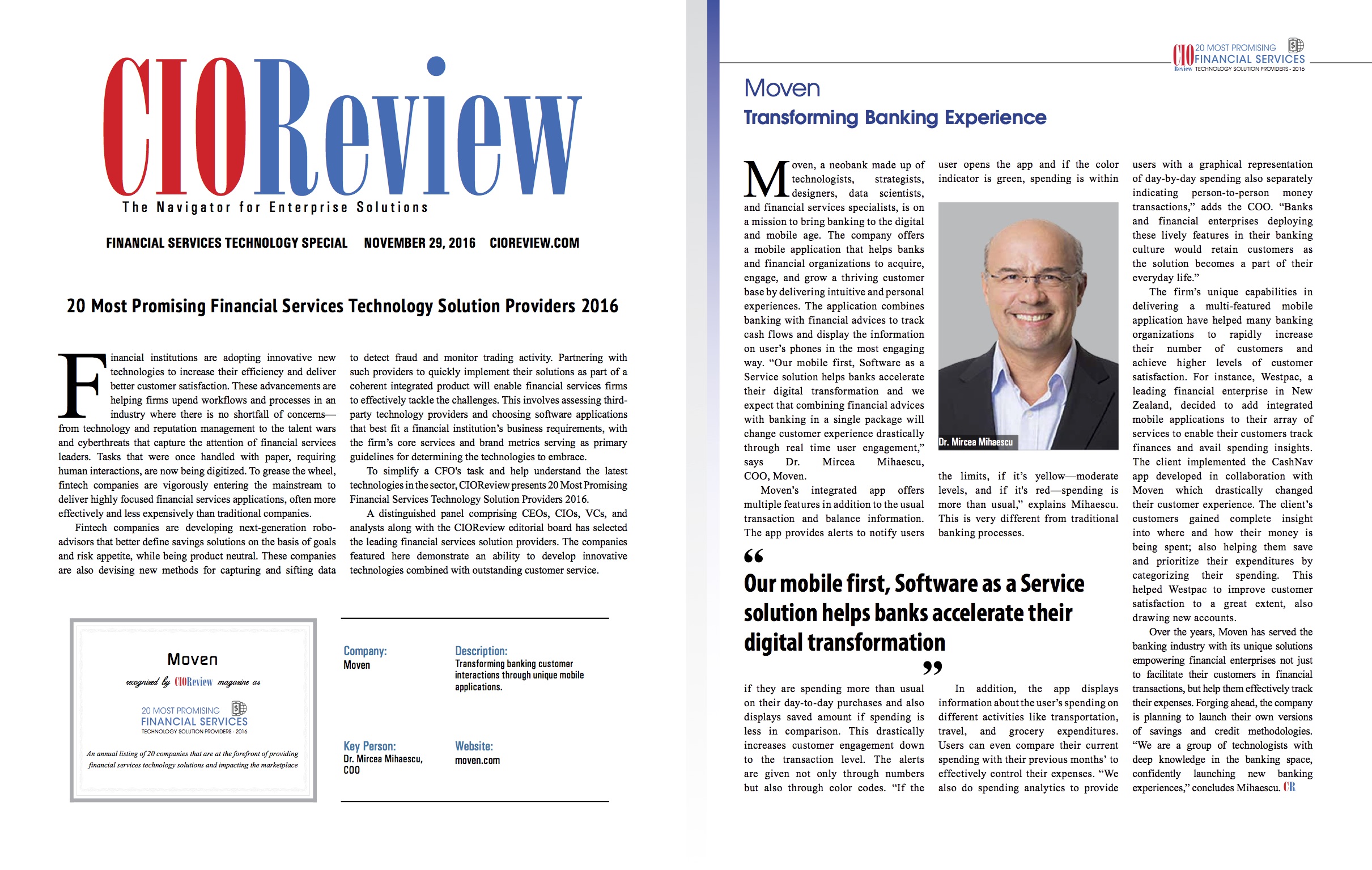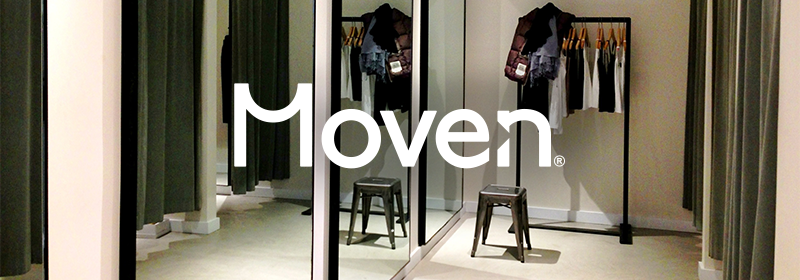#MovenAroundTheGlobe: Kiev
Uncategorized
Hello Readers,
Welcome to the first edition of #MovenAroundTheGlobe. Today, I’m in Kiev, Ukraine (where I will be starting and finishing this +48,000 km trip). It’s a sunny September day here in the city and I am excited to share some interesting insights with you about the current #FinTechLandscape the city that I now call home.
With a developing fintech scene, it’s really an interesting place to discuss the future of finance. Organizations such as the “FinTech Cluster” are blossoming in hopes of boosting growth in the sector, in an effort to bring the Ukraine further up on the list of global fintech hubs. There are two primary segments that are dominating the scene here: Credit & Lending and Bitcoin. After several meetings in Kiev, I’m noticing a shift from branch focus to digital channel focus. Something that was unthinkable only a few years ago for the established banks. Another encouraging sign is that some of Ukraine’s larger banks are looking at creating an ecosystem of FinTech partners, rather than opt for in-house development. Last but not least, there has been phenomenal support from the National Bank of Ukraine from a legislative perspective to pave the way for Ukraine to leapfrog some of their Western neighbors.
Given my experience in Kiev so far, I’m very excited about the future for Moven in Eastern Europe. Hope you found my insights interesting! The next stop on my journey will be New York City, where I’ll be presenting the latest innovations from our team at #FinovateFall2017. Be on the lookout for my next post, “#MovenAroundTheGlobe: New York”, on the blog soon!
Until next time,
Morten Kriek
VP EMEA
Moven Enterprise
Worth your time
- Casino Online Prelievo Immediato
- Best Non Gamstop Casinos
- Non Gamstop Casinos UK
- Gambling Sites Not On Gamstop
- Casino Non Aams Legali
- Casino Sites Not On Gamstop
- Casino Sites UK
- Non Gamstop Casinos UK
- UK Non Gamstop Betting Sites
- Non Gamstop Casino
- UK Casino Not On Gamstop Self-exclusion
- Non Gamstop Casinos UK
- Non Gamstop Casino Sites UK
- Casinos Not On Gamstop
- Non Gamstop Casino UK
- Best Betting Sites UK
- Online Slots Sites UK
- Meilleur Casino En Ligne Avis
- Meilleur Casino En Ligne France
- Casino Not On Gamstop
- Casino Sites Not On Gamstop
- Non Gamstop Casino UK
- Casino Non Aams
- Casinos Not On Gamstop
- Siti Casino
- Casino En Ligne
- Casino Non Aams Sicuri














